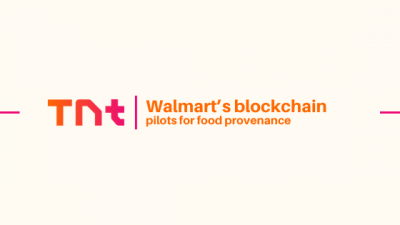In the rapidly evolving landscape of biotechnology, researchers continually seek innovative tools to diagnose, treat, and prevent diseases with greater precision. Among the most promising advances is the advent of nanobodies—single-domain antibody fragments derived from camelid species. Thanks to their small size, stability, and high affinity for targets, nanobodies have opened new avenues in therapeutics, imaging, and diagnostics. When paired with cutting-edge artificial intelligence techniques, the potential for accelerated discovery and optimized design grows exponentially.
What Makes Nanobodies Unique?
Traditional antibodies consist of two heavy and two light chains, forming a larger structure that can sometimes limit tissue penetration or complicate manufacturing. Nanobodies, by contrast, are comprised solely of a single heavy-chain variable domain. Their compact form—approximately one-tenth the size of conventional antibodies—offers several advantages:
- Enhanced Tissue Penetration: Their small footprint allows nanobodies to traverse dense tissues and cross the blood–brain barrier more readily.
- Improved Stability: Nanobodies remain stable under extreme pH and temperature conditions, making them ideal for diverse delivery methods.
- Streamlined Production: Expressed easily in microbial systems, nanobodies can be manufactured at scale more cost-effectively than full-length antibodies.
These attributes have fueled research into nanobody-based therapies for cancer, neurodegenerative disorders, and infectious diseases. Yet designing nanobodies with optimal binding properties remains a complex, iterative process—one that stands to benefit profoundly from AI.
The Role of AI in Accelerating Nanobody Discovery
Artificial intelligence has transformed many areas of life sciences, and nanobody development is no exception. For those looking to dive deeper into nanobody development with AI, machine learning algorithms can sift through vast libraries of amino acid sequences to predict which variants will exhibit high target affinity and desirable biophysical characteristics. By modeling protein–protein interactions in silico, AI platforms reduce the need for exhaustive wet-lab screening, saving both time and resources.
Key AI-driven approaches include:
- Generative Modeling: Deep learning models generate novel nanobody sequences optimized for stability and specificity.
- Structure Prediction: Advances in protein folding prediction enable rapid assessment of how a candidate nanobody will interact with its antigen.
- Affinity Maturation: Reinforcement learning guides iterative tweaks to sequence motifs, improving binding strength with each cycle.
Together, these techniques form a powerful pipeline that moves from initial design to validated lead candidates in weeks rather than months.
Integrating AI Workflows on Your Platform
For organizations looking to leverage these advances, implementing an AI-based nanobody development pipeline involves several strategic steps:
- Data Infrastructure: Assemble high-quality datasets of nanobody sequences and corresponding binding data.
- Model Selection: Choose or develop machine learning architectures suited to protein sequence and structure prediction.
- Validation Framework: Establish rapid in vitro assays to confirm computational predictions and refine models iteratively.
- Scale-Up Capability: Integrate cloud-based computing resources to manage large-scale sequence generation and analysis.
Looking Ahead: The Future of AI in Nanobody Engineering
As AI techniques continue to mature—driven by innovations in deep learning, transfer learning, and generative models—the potential for fully autonomous nanobody design grows ever closer. In the coming years, we can anticipate end-to-end AI platforms capable of proposing, testing, and optimizing nanobody therapeutics with minimal human intervention. This convergence promises to democratize access to advanced biologics, enabling smaller research groups to compete with established pharma giants.
By embracing these technologies today, organizations position themselves at the vanguard of precision medicine and next-generation therapeutics.
Information contained on this page is provided by an independent third-party content provider. Binary News Network and this Site make no warranties or representations in connection therewith. If you are affiliated with this page and would like it removed please contact [email protected]



Comments